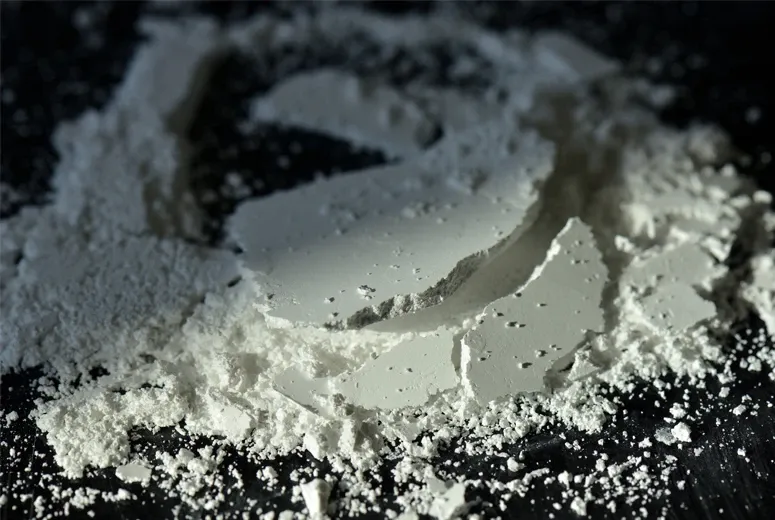Alternatives to Mica Powder for Craft and Cosmetic Projects
Alternatives to Mica Powder
Mica powder is a popular choice for adding color and shimmer to a variety of products, including cosmetics, soaps, candles, and art projects. However, there are several reasons why one might seek alternatives to mica powder. Concerns about sustainability, the ethical implications of mica mining, and potential allergic reactions are just a few. For those looking for alternative options, there are numerous substitutes that can effectively mimic the aesthetic appeal of mica while offering unique benefits.
1. Natural Colorants
One of the most prominent substitutes for mica powder is natural colorants derived from plants and other organic materials. For example, beetroot powder offers a rich, vibrant red hue, while spirulina provides a striking blue-green tone. Turmeric is another excellent option, producing a bright yellow color. These natural pigments are not only visually appealing but also offer added benefits, such as being biodegradable and safer for the environment.
2. Clays
Certain types of clays, particularly colored clays, can serve as an effective alternative to mica powder. Brazilian clay and French green clay, for example, impart earthy tones and textures. Furthermore, clays have the added benefit of being rich in minerals, which can enhance the quality of the products they are incorporated into, especially cosmetics and skincare formulations.
3. Synthetic Alternatives
While many prefer to avoid synthetic materials, several synthetic colorants are available that can replicate the luster of mica powder. For instance, synthetic dyes and pigments are often used in the cosmetics and food industries. However, when choosing synthetic alternatives, it is vital to ensure that they are safe and approved for the intended application. Brands must carefully evaluate the sourcing and composition of such products to maintain ethical standards.
4. Biodegradable Glitter
what can i use instead of mica powder

In recent years, biodegradable glitter has gained popularity as an alternative to traditional mica powders, particularly in crafting and cosmetics. Made from plant-based materials, biodegradable glitter adds sparkle without the environmental concerns associated with conventional plastic glitter. This is particularly useful for those who want to create shimmering products without leaving a negative impact on the planet.
5. Iron Oxides and Ultramarines
Iron oxides and ultramarines are mineral-based pigments that can provide excellent color options while being more sustainable compared to mica. These pigments can be used to create a variety of shades ranging from earthy tones to vivid colors. They are especially popular in the cosmetic industry for their opacity and resistance to fading, making them a reliable alternative for those looking for a longer-lasting finish.
6. Flower and Fruit Powders
Dried and powdered flowers and fruits can be an innovative substitute for mica powder. For instance, hibiscus powder can provide a deep red hue, and rose powder can offer soft pinks. Not only do they impart color, but they also bring added fragrance and potentially beneficial properties to the products they are used in, especially in skincare formulations.
7. Resins
For artists and crafters, resin can be an appealing alternative to mica powder. Many resins allow for the incorporation of dyes and pigments to achieve a variety of colors and finishes, including glittering effects similar to mica. This can be particularly eye-catching in jewelry making or decorative pieces.
Conclusion
Exploring alternatives to mica powder opens up a wide range of creative possibilities while addressing ethical and environmental concerns. From natural colorants and clays to synthetic options and innovative materials like biodegradable glitter, there are numerous choices available that can suit various applications. These alternatives not only enhance beauty products and crafts but also contribute to a more sustainable and ethically responsible market. As consumers and creators become increasingly aware of sourcing and sustainability, the demand for these substitutes is likely to grow, paving the way for a more responsible approach to color and shimmer in our products.
-
Transforming Surfaces with Mica-Enhanced Paints in Coatings and DecorationNewsJul.02,2025
-
The Ultimate Guide to Mica-Based Luminous Colors with Pearlescent PigmentNewsJul.02,2025
-
The Critical Role of Mica in Industrial Applications in Welding and Oil FieldsNewsJul.02,2025
-
Revolutionizing Automotive Aesthetics with Modified Plastics Pearlescent PigmentsNewsJul.02,2025
-
The Secret with Mica Powder for Cosmetics Behind Radiant, Natural MakeupNewsJul.02,2025
-
Enhancing Performance in Polymer Applications with Mica Powder for RubberNewsJul.02,2025
Products categories









